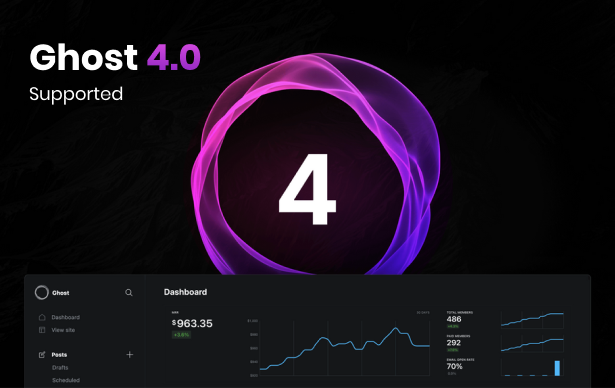Ever since the new gTLD program was launched I have been fascinated by how different domain extensions perform and more importantly, the metrics that we should really be using to judge performance. I have talked in the past about my issues with using registrations as the KPI for adoption since this number is so easily manipulated.
In my mind, the most successful new gTLDs will be those that see mass consumer adoption, and by adoption I mean development. Sure, you can have one person register a million domains and instantly rocket a new extension into a top spot…but once again, that’s just aligning yourself with a number that honestly doesn’t mean too much, to me, or to the true long-term success of a TLD.
There are some great tools on the market for doing a deep dive and really understanding the intricate details behind a TLD. One of the most high-octane solutions out there is NamePulse and I took it for a spin and have been really impressed. Not only does NamePulse provide a ton of data, they’ve done a great job of organizing and visualizing the data so that or normal person like me, can make sense of it.
One of my favorite new gTLDs and one that I think is probably doing one of the best jobs of actually getting their domain extension into the hands of real people is .CLUB. So I thought it would be fun to use NamePulse to do a deeper dive into .CLUB to see what the data can tell us about some of the secrets to their success.

To start with, since development is what I’m always the most interested in, I took a look at the breakdown of how .CLUB domains are being used. I really like this breakdown because it can help to differentiate between parked domain and actual developed names. I have seen people in the past try to calculate % developed by looking at the total number of domains that resolve period, and that doesn’t really give you the right number since parked domains will resolve a-okay.
As you can see from the data above, more than one fifth of the .CLUB names that have been registered are developed. Also from the breakdown that NamePulse provides you can see that 5% are redirects and 32% are not resolving. I think it’s probably safe to say that some percentage of the domains that aren’t resolving are probably going to get developed, and the redirects are almost always to existing sites so combining this together I’d say that 30% or more of the .CLUB domains out there are in the hands of people who are actually putting them to good use.
Now let’s go a bit deeper. Let’s look at the language distribution for developed .CLUB sites:

Chinese and English represent more than 50% of the languages found on developed sites followed by Japanese at 6.72%. One thing that you can see right-away when looking at this data is that .CLUB clearly has taken off globally, in fact Asia and Europe account for roughly 70% of the developed sites.
Now let’s go even deeper and look at the specific registrars with the highest concentration of developed .CLUB domains. Once again, I like looking at the data that specifically corresponds to developed sites and NamePulse makes it easy to do this.

So Alibaba, NameCheap, and Go Daddy hold the top spots for developed .CLUB domains with Alibaba very firmly in the #1 spot at 42%. It’s interesting to look at the % changed numbers as well since these can also give an indicator into where development is growing and where it might be declining. In this case it looks like Go Daddy is seeing a nice increase in developed .CLUB domains while Alibaba is losing a bit of ground.

Looking at the Zone Count Summary you can see a little dip at the end of March this year. Usually when you see movement like this it is related to the one-year anniversary of a promotion. In this case .CLUB lost about 10,000 registrations or roughly 1% of it’s registered domains which doesn’t seem too harsh.
NamePulse allows you to look at the Zone Count over a specific time period so I decided to zoom out a bit further to look at how .CLUB has performed over the last year.

Up and to the right, those are the kinds of charts that I like myself. Yes, you can see some dips along the way but this clearly shows growth and adoption. Comparing this to another new gTLD like .XYZ, tells a different story.

This is another example of the impact a promotion can have on registrations, as you can see .XYZ lost millions of domains going from July to August of 2017. I believe this was due to the expiration of their $0.01 registrations which had a lot of takers on the front end, but not nearly as many ponied up when it came time for renewals.
At the same time, .XYZ has roughly the same percentage of developed domains as .CLUB right now with also 20% of their names being developed.

This is another great example of why you can’t just look at the raw registration numbers. Sure, .XYZ saw a huge drop in total registered domains, but they still have close to 380,000 developed domains which means people are putting these names to good use as well.
It will be interesting to continue to slice and dice this data over time. These are still the early days of new gTLDs and only time will tell which ones will see meaningful consumer adoption. What I can tell you is that tools like NamePulse can definitely help us all do a deeper dive to look past the vanity metrics and focus on what actually matters when it comes to building a sustainable brand.



